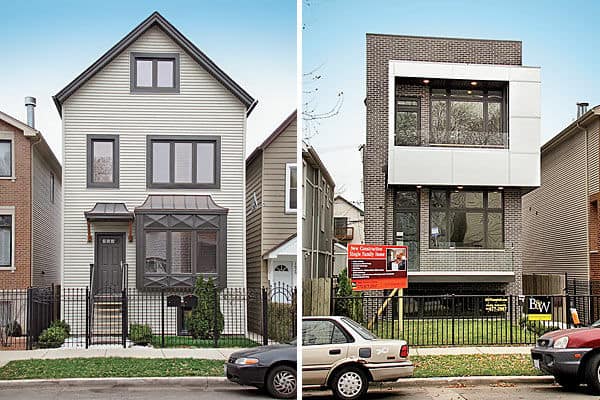Refinancing Pitfalls: How To Keep The Property When Your Flip Becomes A Flop

I dropped the price, and then dropped it again. It got to the point that I could not pay off my loan and pay a real estate agent, so I decided to keep it. In order to do that, though, I had to pay back my hard money lender, and I had to refinance the loan.
This painful experienced taught me many important lessons: not to go cheap on finishes, what to look for in a budget and, especially, the pitfalls of the refinance. Lending has changed since then, but investors still run into issues today when trying to refinance their flips. Here are some of the pitfalls to be aware of.
Value
It is nearly impossible to get an appraisal higher than the property’s last list price. In my case, I kept dropping the price to the point where it was listed for less than what it could have appraised for. When I went for the refinance, the appraisal came in at the last list price, and I was forced to bring cash to closing.
Refinance appraisals are based solely on comparable sales in the area because there are no other market indicators. Also, low-quality rehab is hard for an appraiser to put a value on, so it is common for low-quality rehabs to have no impact on appraised value. Low-quality rehabs do, however, have a big impact on actual value. Once a property is in the MLS, meaning it’s received massive exposure, the appraiser has actual market information to use. Think about it: How can the appraiser justify a value higher than what it is listed for in the MLS if no one purchased it? You’d better count on the value coming in at, or even below, the lowest list price.
Credit
Credit requirements are a little stricter with rental property loans compared to owner-occupied loans. Almost all loans are approved or denied by a computer system, so the scores can vary. For example, if you have less-than-perfect credit but a larger down payment, the computer could approve you. In the event the loan is manually underwritten, the credit on rentals needs to be 620 or higher until you hit your fifth rental, and at that point, you will need a 720 credit score.
Entities
Conventional lenders will not loan to an LLC or corporation, so you will need to own the home in your personal name to qualify. Many lenders will not loan you money if at any point you owned the property in an entity. But all hope is not lost. Some lenders will allow you to transfer the property back to your name and then refinance. If a lender tells you they cannot help you because you owned your flip in your entity, I advise you to contact another lender.
Debt-To-Income Ratio
You might hear that you cannot finance a rental because of your debt-to-income ratio (DTI), meaning you don’t make enough money to support all your debts. The hiccup here is often the rent amount on the new property, and whether you will be able to use that to offset the new mortgage payment. Some lenders will want to see the property on your tax returns to give you credit for the income. If you get this feedback, I recommend calling another lender. The guideline here is that you may use 75% of the gross rent amount as income if you have a lease and can show one month of rent collected and the security deposit.
Another issue with DTI is self-employed borrowers. Many business owners take as many deductions as possible to lower their taxable income and save on taxes. The problem is when you lower your income, you hurt your DTI, making it harder to qualify. Check that the income you report is enough to qualify.
Reserves
As you start to go over budget or have issues with your fix-and-flip, it is very common to burn through your reserves to save the deal. You are required to have reserves to qualify for a conventional loan, so it is important that you have this set aside. The guideline is a little confusing, and is based on the number of properties you own. The reserve requirement is six months of payments on the subject property, plus
• 2% of unpaid loan balances on your other rental properties for one to four financed properties.
• 4% for five to six financed properties.
• 6% for seven to 10 financed properties.
You do not count your primary home mortgage balance in these calculations. You are able to use some retirement money to meet this requirement, but you will also need money in the bank. Check with your lender if you plan to use retirement money, and have them walk you through what funds need to be where. If you start running low on reserves, do what you can to get the house acceptable for an appraisal and secure your loan. Once the loan is in place, you may resume your work on the home.
I wish I’d had this information when I was working on that Arvada house. If you’re refinancing to save your flip, start by being armed with all the information you need.
Source: forbes.com















 Accessibility
Accessibility